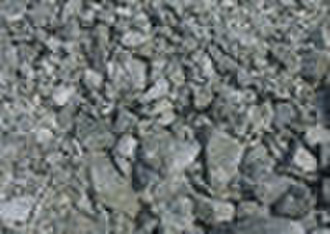Каталог
-
Каталог
- Автомобили и мотоциклы
- Безопасность и защита
- Бизнес
- Бытовая техника
- Бытовая электроника
- Детали машин и услуги по их изготовлению
- Дом и Сад
- Здоровье и медицина
- Игрушки и хобби
- Изделия из металла
- Измерительные и анализирующие приборы и инструменты
- Инструмент
- Красота и личная гигиена
- Мебель
- Мероприятия по охране окружающей среды
- Минералы и металлургия
- Модные аксессуары
- Обувь и аксессуары
- Одежда
- Освещение
- Подарки, сувениры
- Продовольственные товары и напитки
- Промышленное оборудование и техника
- Резина и пластмассы
- Сельское хозяйство
- Специальное оборудование
- Спорт, отдых и досуг
- Сток
- Строительство и недвижимость
- Текстиль и кожа
- Телекоммуникации
- Товары для офиса, учебы. Канцтовары
- Транспорт
- Упаковка и печать
- Химикаты
- Часы, Украшения, Очки
- Чемоданы, сумки
- Электронные компоненты, оборудование, принадлежности
- Электротехническое оборудование и принадлежности
- Энергия
Filters
Search
белый хлорит
ориг. цена: 200,00 USD
Даньдун, Китай

yan qin
Контактное лицо
Основные данные
| Номер Модели | TC-6 |
|---|---|
| Место происхождения | Liaoning China (Mainland) |
| Бренд | tianci |
THE MINERAL CHLORITE Chemistry: (Fe, Mg, Al)6(Si, Al)4O10(OH)8, Iron Aluminum Magnesium Silicate Hydroxide. Class: Silicates Subclass: phyllosilicates Group: The Clays and also The Chlorite Group. Uses: as a mineral specimen and some industrial uses. Physical properties of chlorite. Chlorites are most often known to mineral collectors as inclusions in or coatings on quartz, danburite, topaz, calcite and many other minerals. The inclusions are usually a very strong green color despite the small amount of material that actually constitutes the inclusion. These inclusions and coatings can be an enhancement but are more often a bane to what might have been a really valuable mineral specimen. Color is usually green but can also be white, yellow, red, lavender and black. Luster is vitreous, dull or pearly. Transparency: Crystals are translucent transparent. Crystal System is monoclinic; 2/m. Crystal Habits: Rarely in large individual barrel or tabular crystals with an hexagonal outline. Usually found as alteration products of iron-magnesium minerals and as inclusions in other minerals. Aggregates can be scaly, compact, platy and as crusts. Cleavage is perfect in one direction, basal; not seen in massive specimens. Fracture is lamellar. Hardness is 2 - 3 Specific Gravity is variable from 2.6 - 3.4 (average to slightly above average) Streak is pal green to gray or brown. Other Characteristics: Cleavage flakes are flexible but not elastic. Associated Minerals include garnets, biotite, quartz, magnetite, talc, serpentine, danburite, topaz and calcite, among many others.
Условия поставки и упаковка
Packaging Detail: in bulk,ton bag. Delivery Detail: 7 days
Порт: Dandong,Dalian
Условия оплаты
Аккредитив
Электронный перевод
-
Способы оплаты
Для оплаты товаров и услуг на нашем портале, Вы всегда получаете счет, в котором Вам необходимо самостоятельно указать свои данные.
Мы принимаем к оплате:









